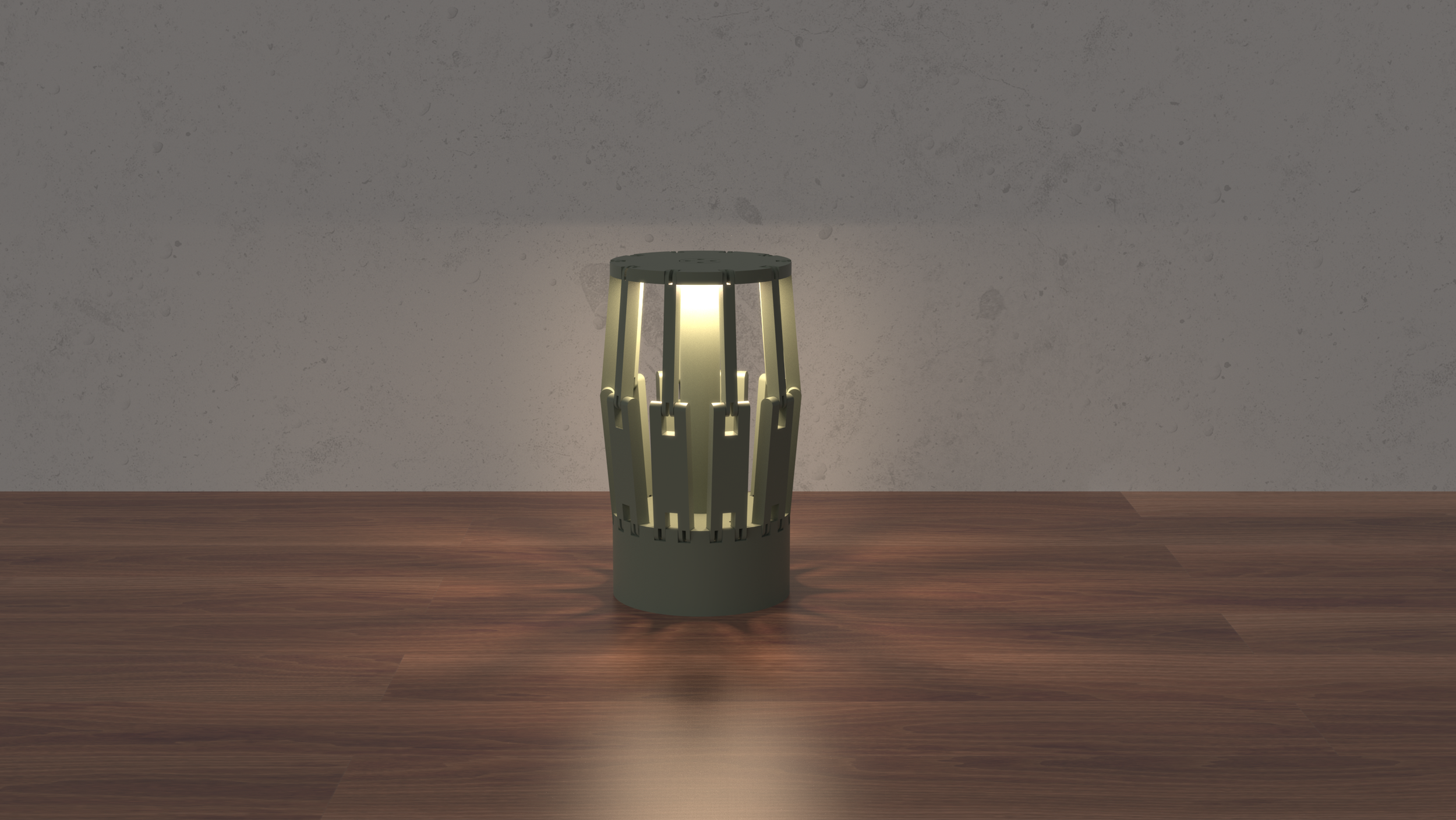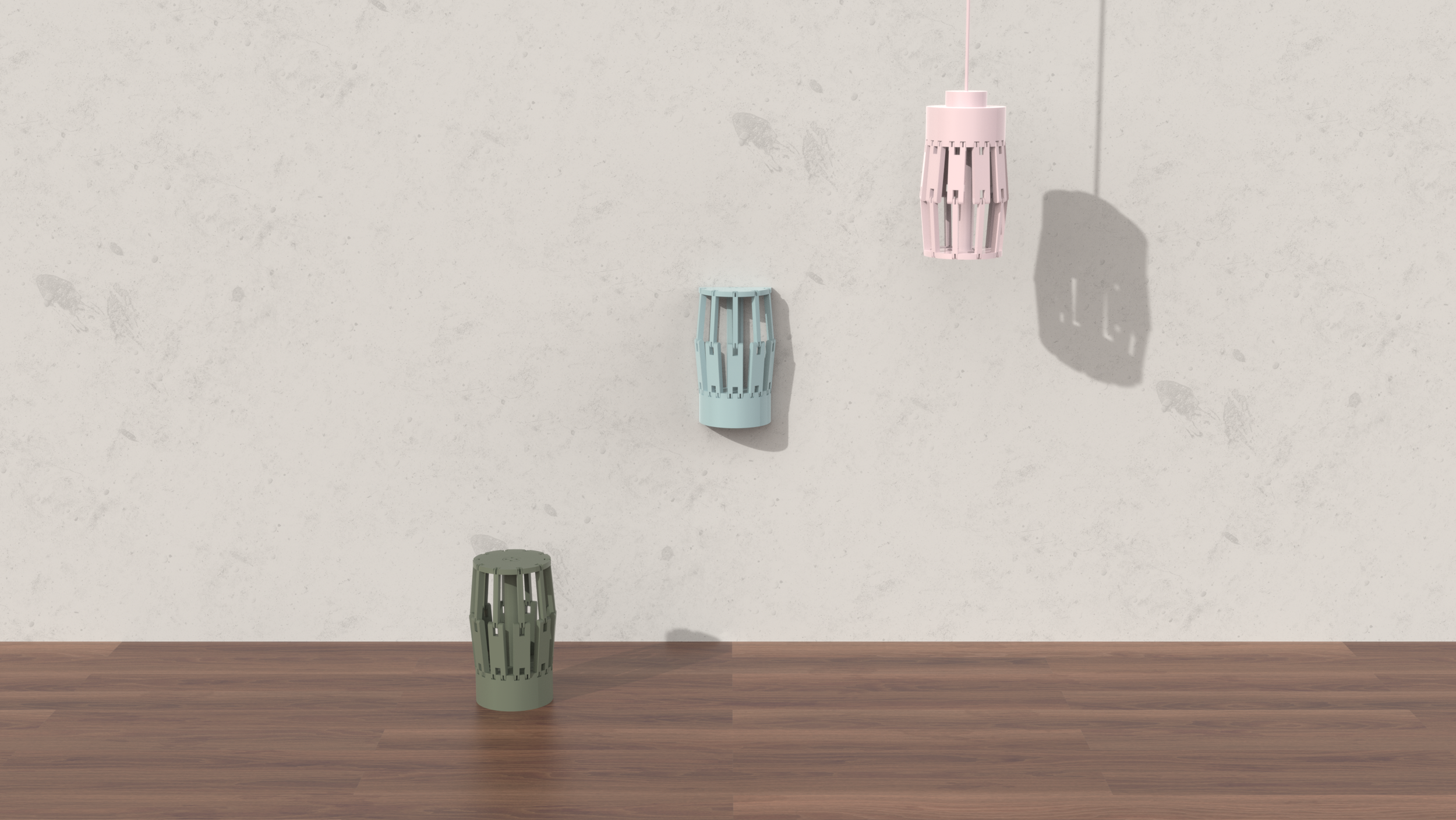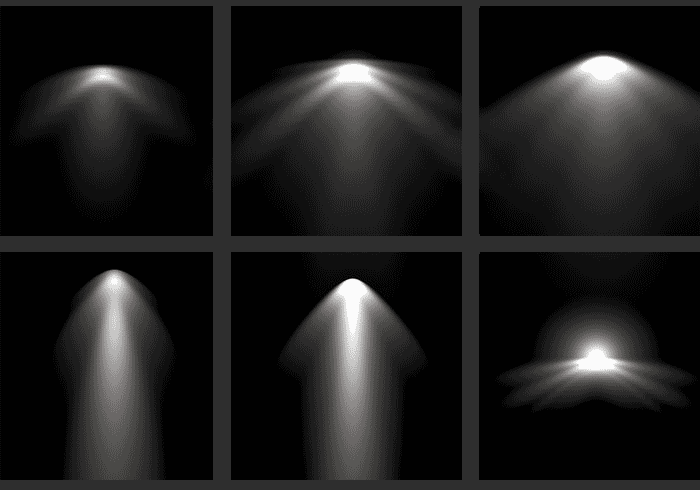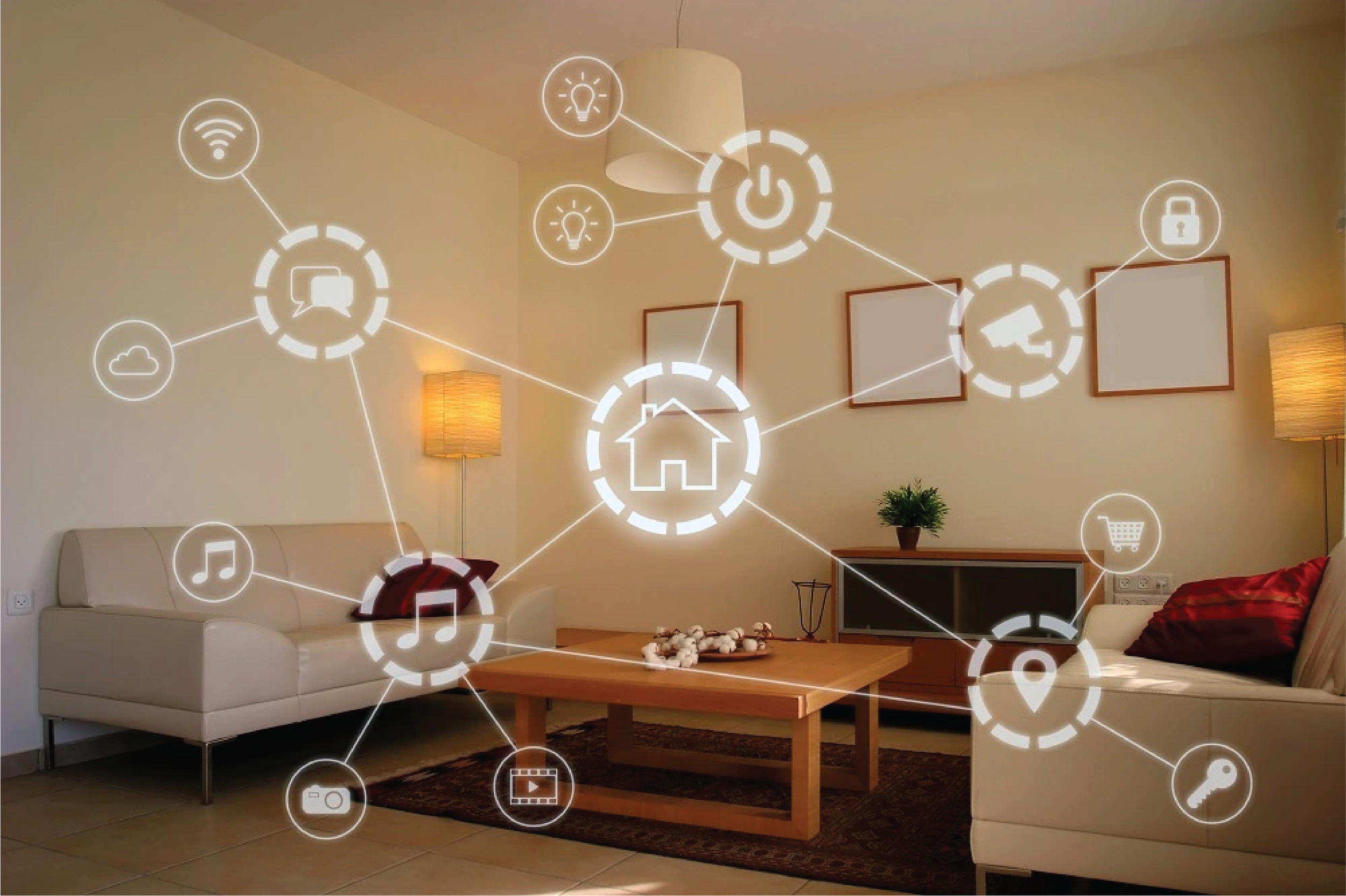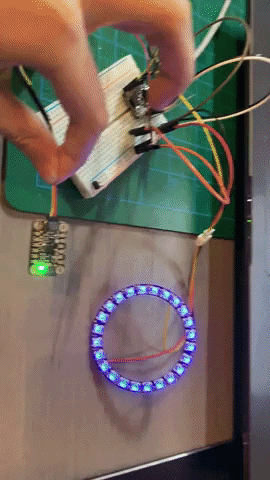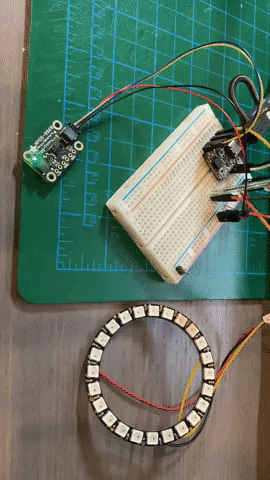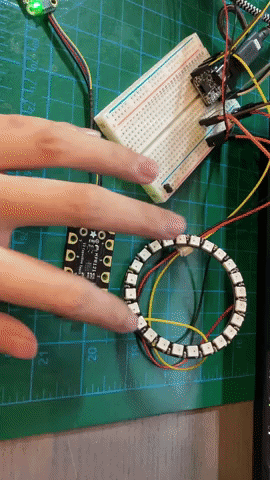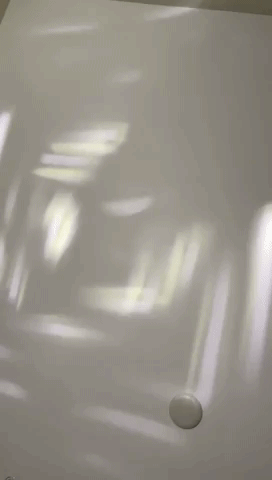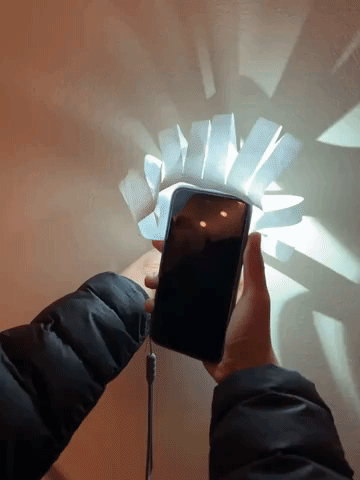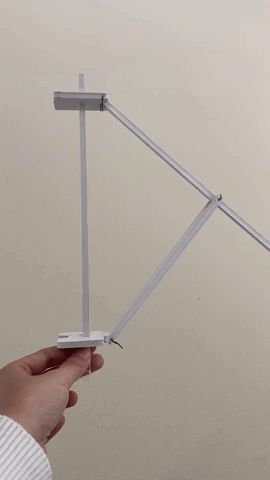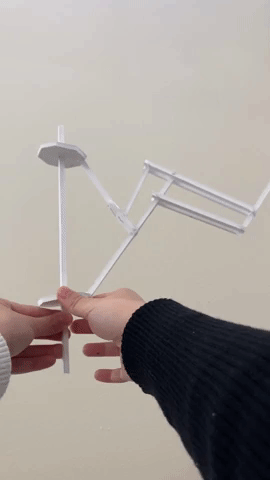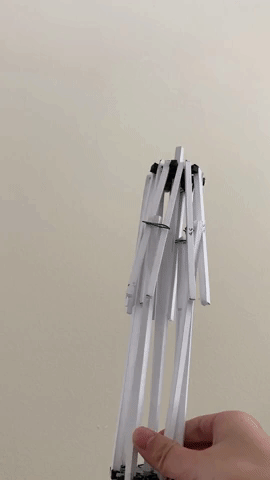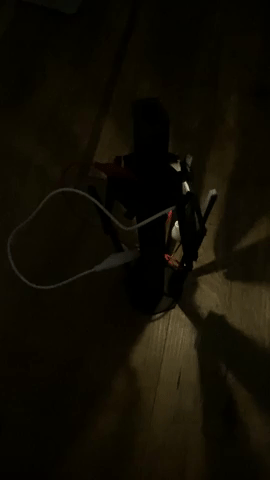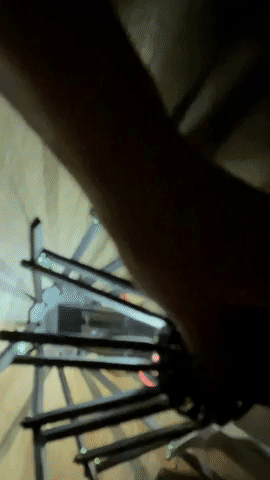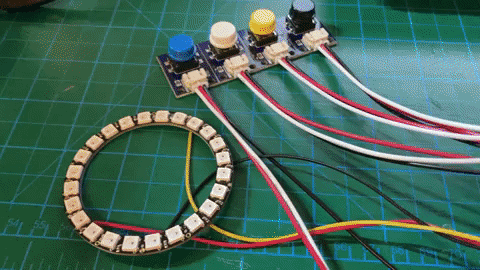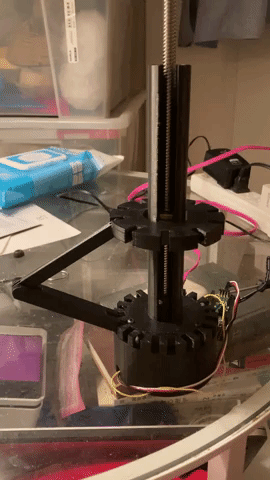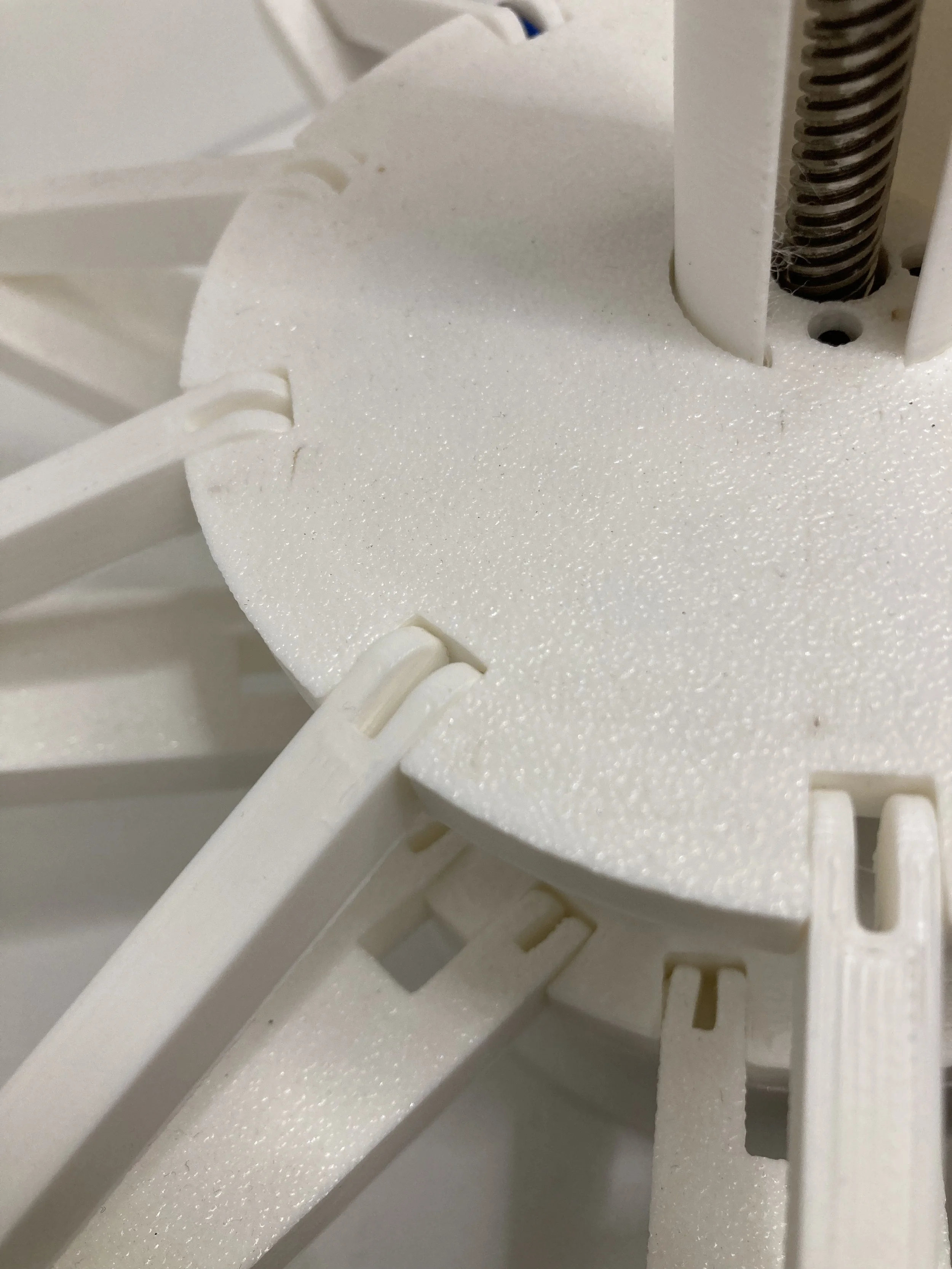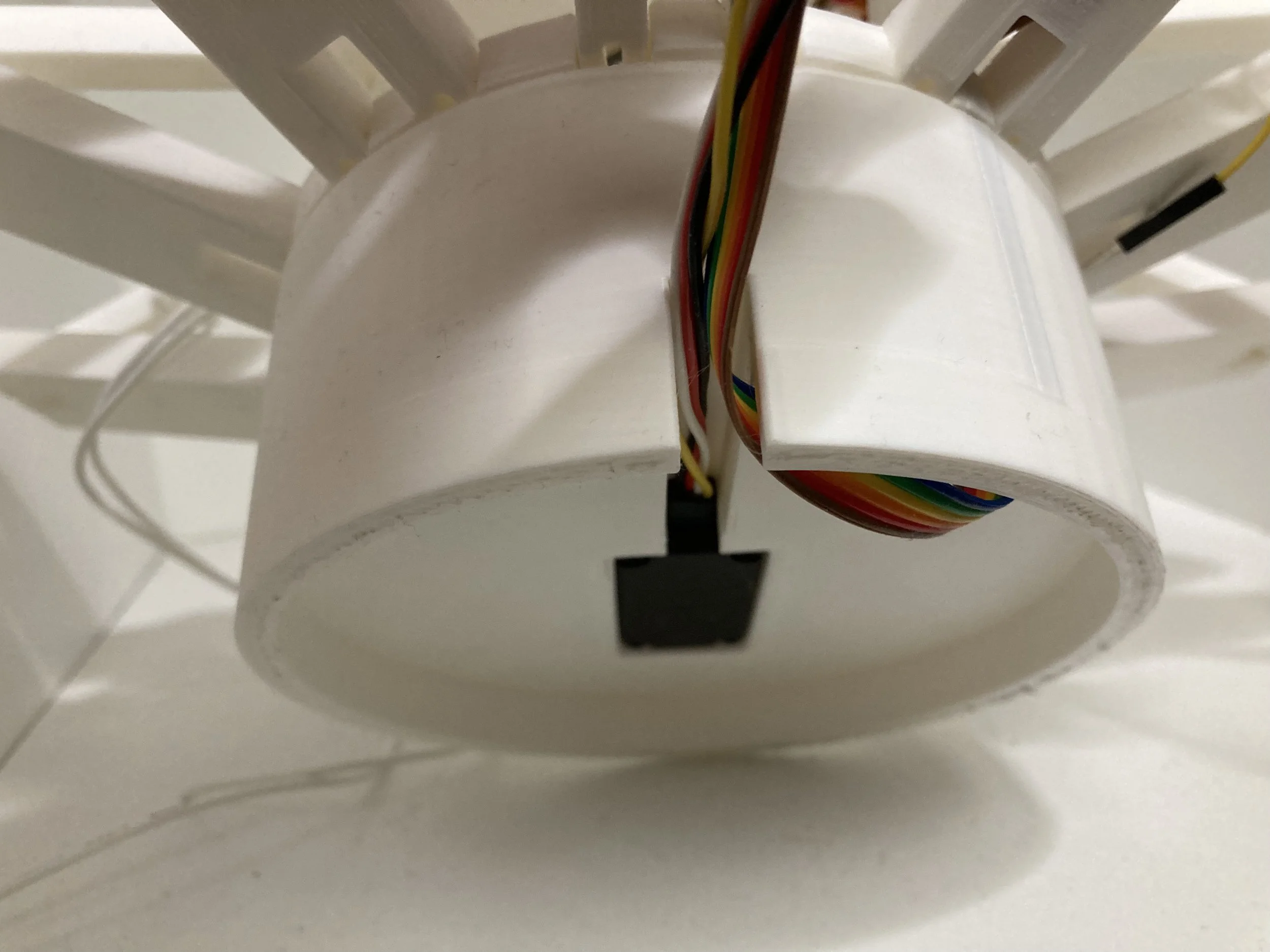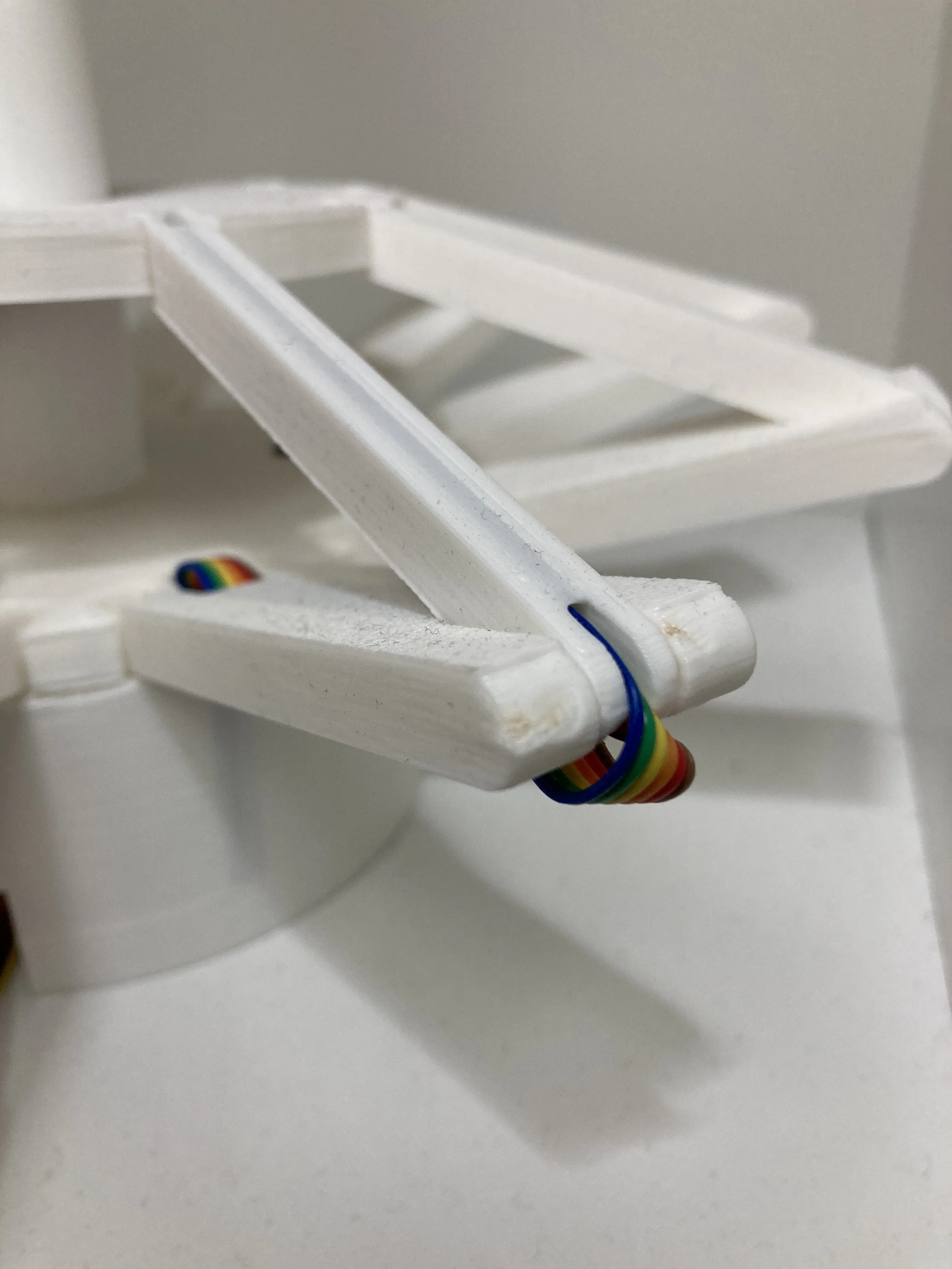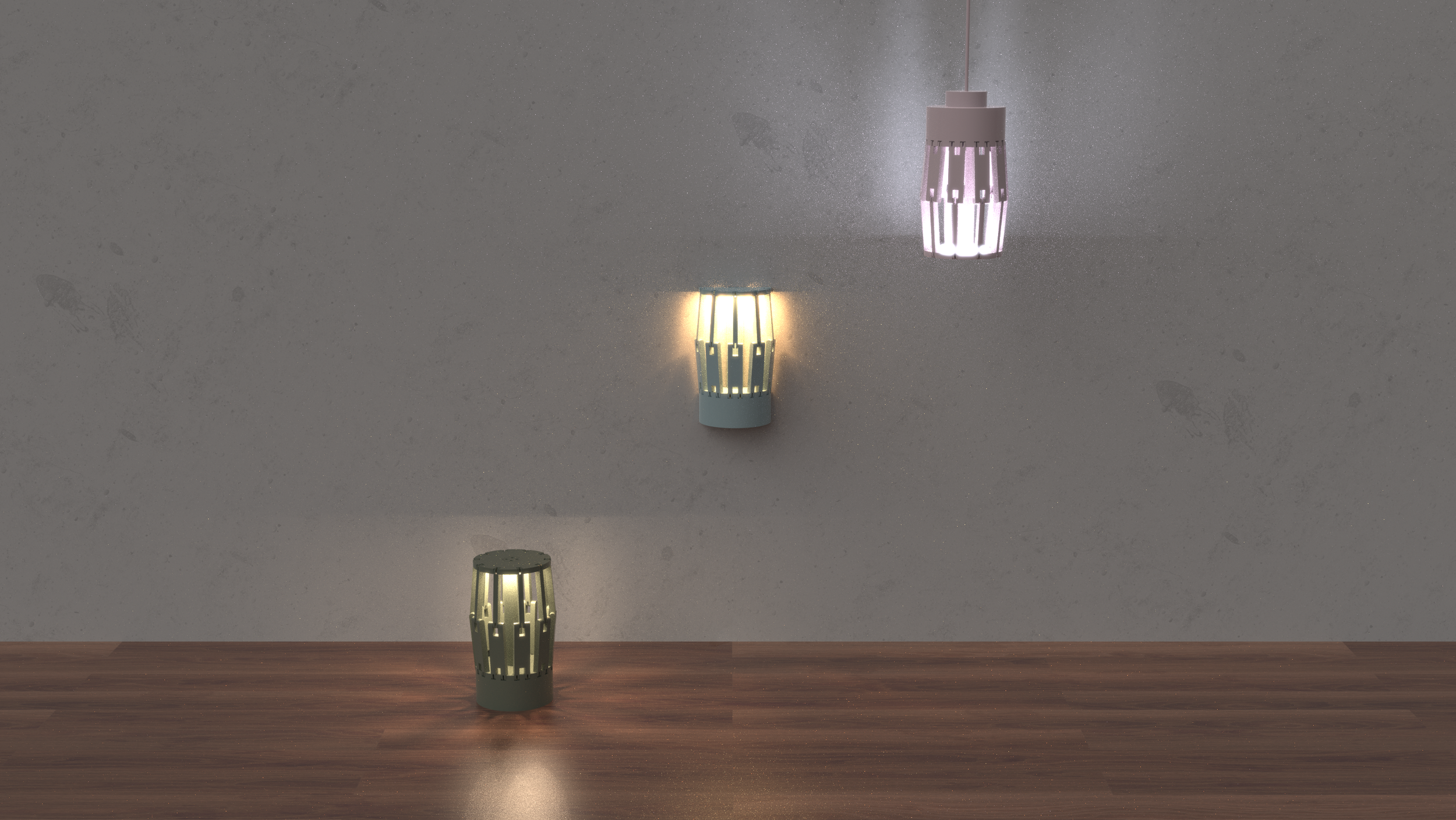
The project explores the relationship between humans and lighting at home.
By comprehending the history of lighting development, we can see that most lights served a purpose or a need for mankind. when IoT devices and the digital world are all around people and technology are always evolving. The lights' function still remains the same. The study investigates the potential of light and considers how it may develop to serve new purposes, such as a companion or supporting health.
<UM>
Duration: 4 months
What I did: Concept building, Research, Physical Computing Prototype, Modeling
Tools: Solidworks, Python
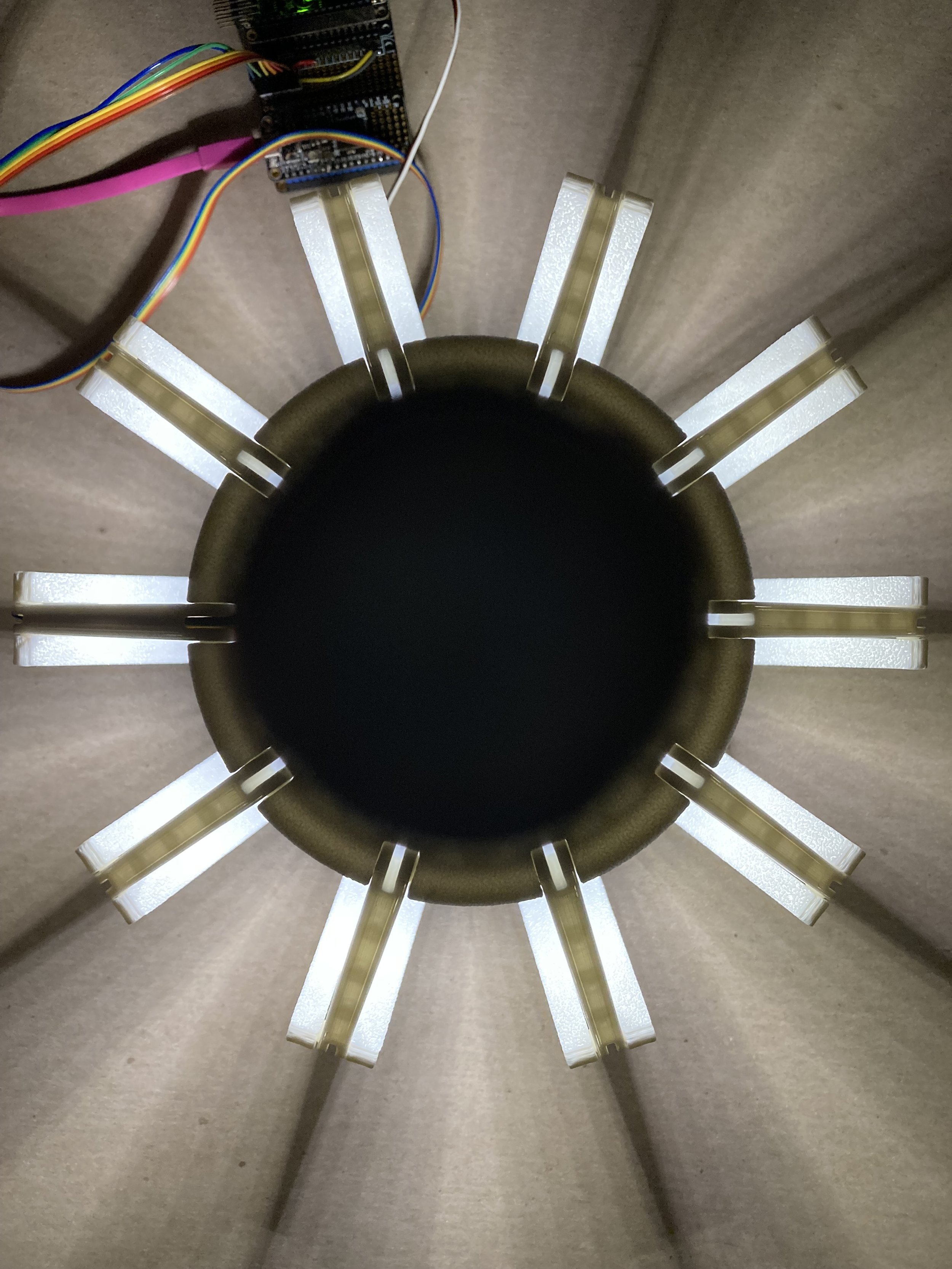
The Lighting System
Wall Light
Table Lamp
Pendant Light
Research
The Revolution of Light
Human needs and technology drive light revolutions. Ancient people used oil and wood as fuel and designed several containers for nighttime illumination and safety. Electricity transformed lighting after the First Industrial Revolution. With the same objective, the lights are far more efficient. The lights illuminated public spaces and homes. It is not until the 1900s, lights started to serve more than illumination and safety purposes. With the invention of neon lights, lights were incorporated into entertainment and advertising as an eye-catching element. Nowadays, the purpose of lights is still illumination, safety, and entertainment with no change or improvement over thousands of years.
Light influence human on:
Vision
Emotion
Clinic
Sleep
How does light affect emotion?
Brightness
Hue
Saturation
Direction
Why does light affect health?
Our circadian rhythm is regulated by the body's hormonal response to light wavelengths. Cognitive function, blood pressure, the immune system, metabolism, and the cycle of sleeping and getting up are all impacted by a healthy, well-regulated circadian rhythm. circadian misalignment is brought on by abrupt changes in behavioral patterns and light/dark cycles in comparison to the endogenous circadian system. The largest influence on circadian rhythm is by far light.
How do people know whether their circadian rhythm is off?
Insomnia
Weight gain
Reduced productivity
Excessive daytime sleepiness
Poor mental health
Methods to track circadian rhythm
melatonin rate
survey
Methods to adjust circadian rhythm
keep a regular sleep & meal schedule
bright light therapy
melatonin supplements
exercise
avoid caffeine 8 hours before sleep
The most precise approach to monitor circadian rhythm is by measuring melatonin rate. Continuously monitoring heart rate, skin body temperature, and physical activity and using those data to estimate melatonin rate would be the most efficient non-invasive way to detect melatonin rate. Despite having a 71% accuracy rate, it is much more accessible than laboratory tests using blood, urine, or saliva samples.
Technical Research
IoT System
IoT is a broad network of technologically interconnected devices that makes it easier for objects to communicate with the cloud and between themselves. The system analyzes the data gathered, utilizes artificial intelligence (AI) to make judgments, and then communicates with the IoT devices, who then respond. The existing IoT system at home is mostly focused on enhancing the functionality and safety of home appliances.
Smart Home
A home that has several gadgets that automate functions typically done by humans is referred to as a "smart home." Homeowners can control them by using applications, voice commands, automation, or artificial intelligence.
Benefits: energy efficiency, high quality of life, security & safety, entertainment
The Future Human-Machine Relationship at Home
Living in an automated, intelligent house is only a matter of time given the advancement of technology. The goal of every item in the system remains the same, even with a fully developed IoT system that could theoretically control everything in your house with just a simple contact between you and an IoT controller. Right yet, the method has just increased the home's products' effectiveness. How those smart devices can provide more than what they have over the years is also a vital component of the development, even though it is important to improve the whole system through how they communicate with one another and make decisions to obtain the best results. They are needs that people don't typically think about but that could be met and make people's lives better than they are currently.
How might we utilize the IoT system by adjusting the lights at home and support on people’s health condition.
Lighting has only ever been used for three things: safety, illumination, and entertainment. Over thousands of years, technology has advanced significantly although the function of the lights has not changed. I want to investigate the interaction between lights and people and how lights can enhance people's lifestyles and preserve healthy circumstances by making use of the fundamental design of the IoT system.
Concept Development
Design Ideation
Health tracking & adjusting: Use some tools to understand users’ health conditions and adjust the light system based on the information collected to change users’ lifestyles or support users’ potential needs. (Survey, APP, Apple Health Tracking System)
Lights’ function: bedroom (lights are needed for winding down and waking up), living room (lights are needed for working/studying, entertainment), dining room (lights could potentially help with appetite)
Living room: table lamp
use bright light (17,000K) to increase productivity
cool tone light to keep people alert
warm tone light to make comfortable environment
middle tone to produce a friendly and inviting environment for meetings and communication
Dining room: pendant light
warm light to increase appetite
adjusting the brightness of lights to support cooking, eating, and feeling of the environment
bedroom: wall light
lights that could change brightness to help people rest and wake up.
lights with patterns to relax people
red lights to help people with sleep; blue lights to help people awake
Light patterns
Light brightness exploration
Color changing
Human & light interaction
Exploration
Development
Light patterns
Structure development
Structure development
Light modes
Structure moving
The product parts are built for 3d printing with FDM material. The goal is to make the product use as few screws as possible and make the machine print every part without any support or extra materials.

